This recipe for nankhatai cookies is Northern India’s version of a shortbread cookie. (Pronounce as "naan kaa-tie".)
This cookie is unique in that it is both crispy and luscious at the same time.
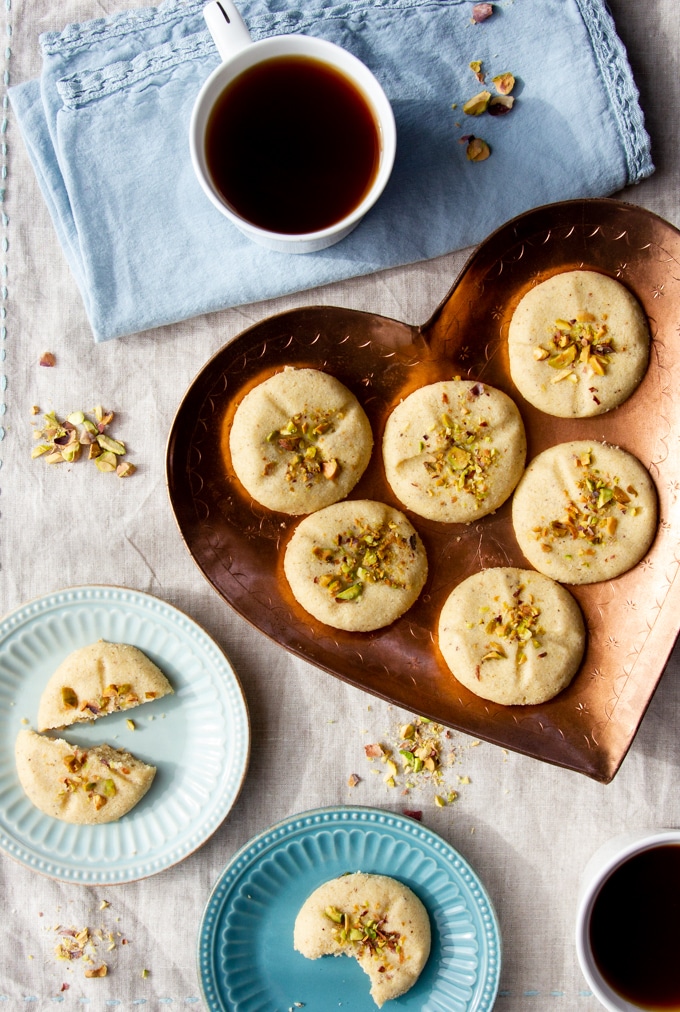
First you get a crispy bite, then the richness of the ghee (Indian clarified butter) melts in your mouth, while the uplifting taste of cardamom delivers an almost mystical experience.
Jump to:
I observed the wonders of nankhatai cookies during our recent visit to India. I brought about 50 cookies in a large Tupperware tucked into my suitcase for the journey.
The purpose was to share them during a Christmas party at my in-laws’ home. The party was to be a couple days later, but as soon as my Indian family got ahold of the cookies, the broken ones were immediately eaten (accompanied by big smiles).
Then, during the party, it was as if the nankhatai cookies wafted through the air as people tried them and talked amongst each other about what I had brought. They were a total hit!
Now just imagine how you could impress your loved ones by making these.
One bowl method
I don’t think you could find an easier cookie to make than nankhatai.
There’s no creaming butter and sugar. There’s no use of power tools at all, except for the oven. Haha. My Indian friends, this recipe is for oven baked cookies.
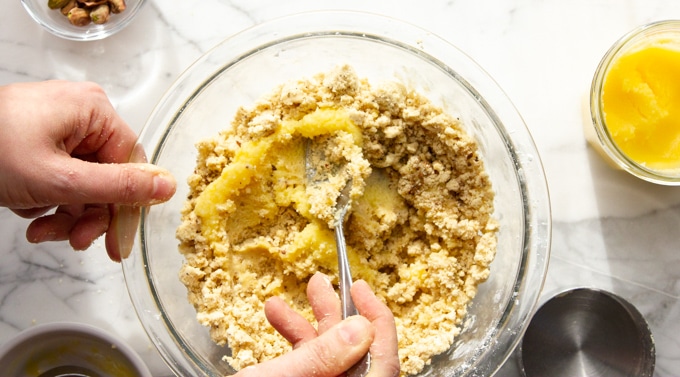
But seriously, all you need is one bowl to mix everything together with your hands.
That’s why I say this is such an easy recipe.
If I recall correctly, with shortbread there’s the matter of chilling butter and forming the dough into logs and such. That does sound like a lot of work when you could have these instead.
Of course, I don’t want to knock a good old-fashioned shortbread too much.
Shortbread has stood the test of time, and earned its place in our culture, but I also believe that nankhatai has five very special advantages over shortbread that make it better, at least for me.
Let’s see if you agree?
5 ways Indian shortbread beats traditional shortbread
1. Ghee
The ingredients common to both types of cookies are all-purpose flour and powdered sugar, then instead of butter for shortbread this recipe for nankhatai calls for ghee.
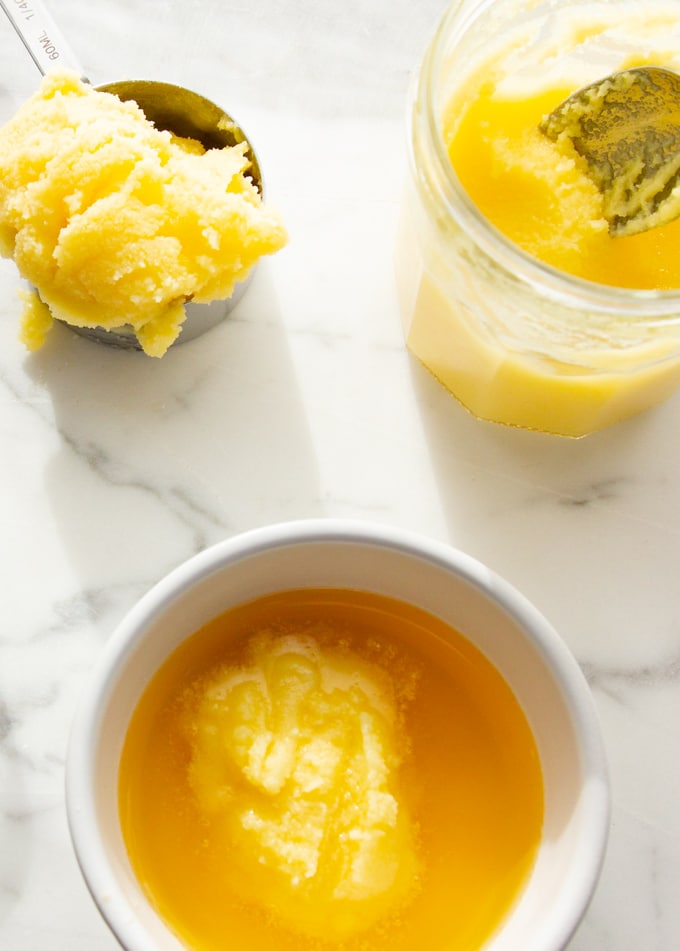
Ghee is a form of clarified butter that is pure, clean butterfat. When you make ghee from scratch as I do, you can see how the gooey milk proteins are removed from the butter, leaving you with a very appealing golden fat to cook and bake with.
I have only scratched the surface of baking with ghee instead of butter, but it is very exciting, especially for folks who are sensitive to lactose and casein.
RECOMMENDED FOR YOU:
How to Identify Quality Ghee, And Ghee-Buying Tips —READ MORE
2. Eggless
Another advantage of this recipe for nankhatai cookies is no eggs, so they are eggless cookies. (I know, regular shortbread is also eggless.)
3. Cardamom
It is quite amazing that nankhatai comes with built-in spice medicine that assists in the digestion of fat.
I am speaking of cardamom, and it is part of the brilliance of Indian cuisine.
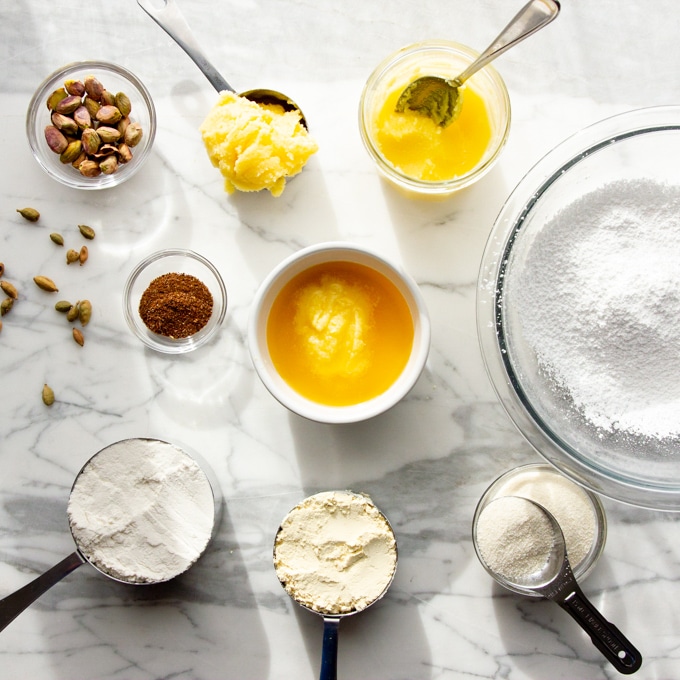
Cardamom has an appealing aromatic flavor similar to cloves or all-spice.
You may recognize the green pods of cardamom. If you have the whole pods, you’ll need to open them up to reveal their black seeds.
Once you have the seeds, you can grind them in a mortar and pestle or a coffee grinder reserved just for spices. You could also buy the powder itself, but it won’t be as flavorful as a freshly ground cardamom.
Speaking of flavor. It is wonderful, and another benefit of this recipe for nankhatai that I’m throwing into this section.
4. Protein
This recipe for nankhatai calls for gram flour (also known as besan, chickpea flour, or garbanzo bean flour) is a fine flour made from Indian chickpeas.
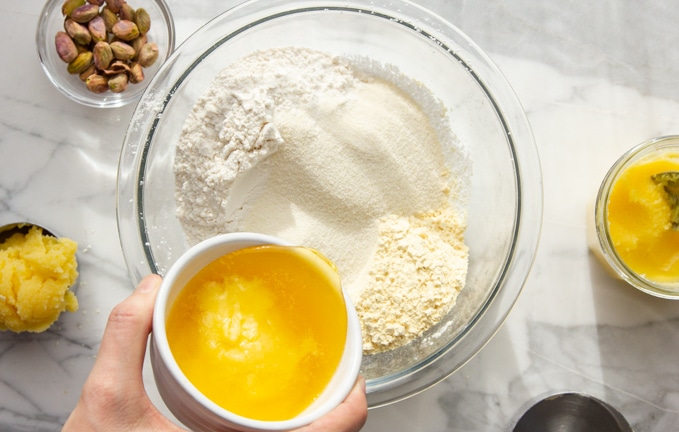
Gram flour is rich in protein, fiber, iron, and more.
Now that’s a high protein cookie without even trying!
5. Crunch
I don’t know about you, but a regular shortbread disappoints when it often lacks crunch.
I know that store-bought shortbread often gets this point right, but it relies on food additives to get the job done.
With our nankhatai recipe, an everlasting crunch factor is created in three different ways.
1. You’ll add a small amount of semolina, which is a coarse flour made from the middlings of durum hard wheat. This is the same flour you’d use to make homemade pasta.
Coarse rice or corn is also sometimes called semolina, so don’t get confused. If this is all you have, I say go ahead and use try it.
The texture of the semolina builds crunch into the cookies.
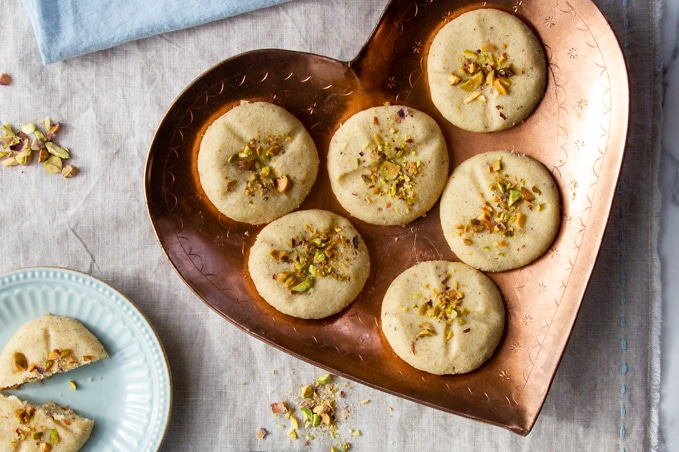
2. We already talked about the ghee, but we didn’t talk about how all the moisture evaporates from the butter in the process of making ghee.
Regular butter has around 10-20 percent moisture content. It’s why butter goes bad much faster than ghee, and why ghee does not need to be refrigerated.
Moisture creates the sog factor in shortbread, but we don’t have that.
3. Finally, there are no other liquids in this recipe for nankhatai either.
These cookies will stay crunchy for weeks. That is a promise!
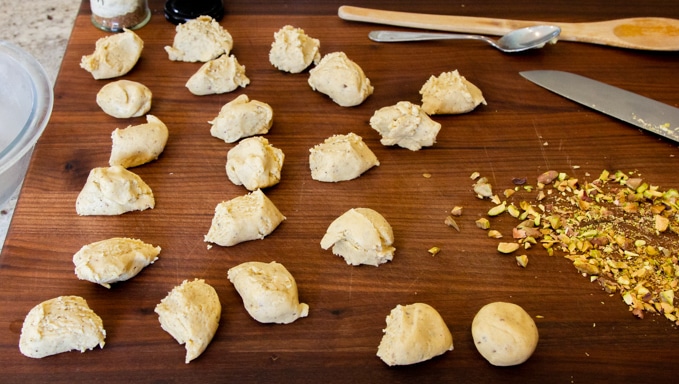
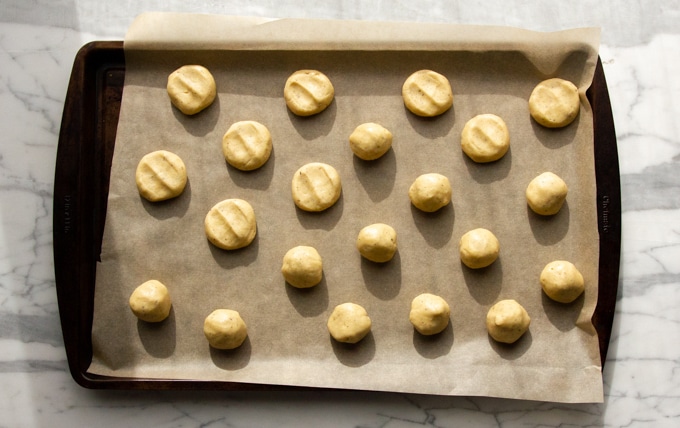
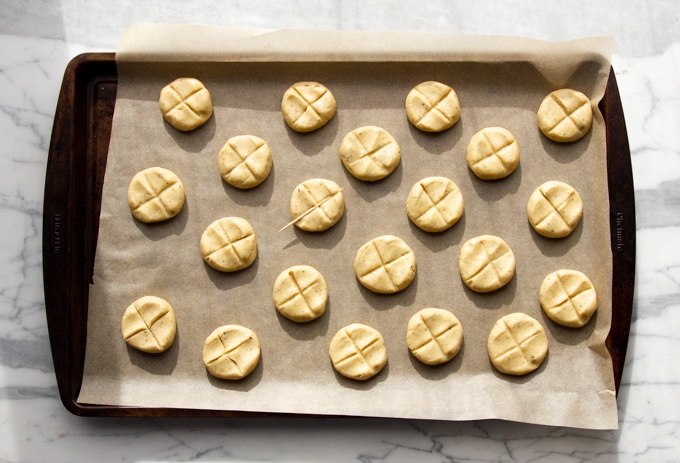
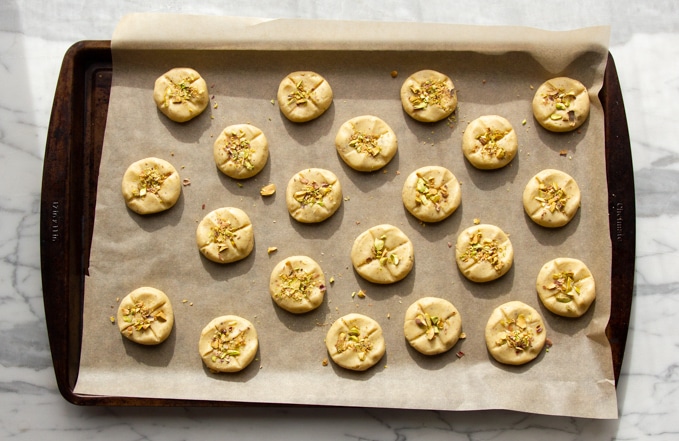
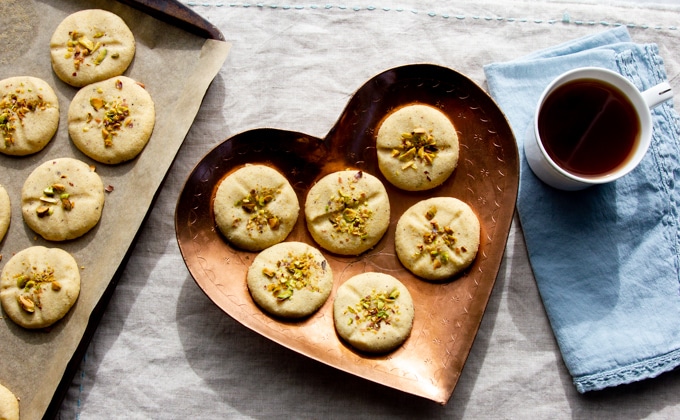
I almost forgot to mention, for a full body blissful experience, enjoy nankhatai with my homemade traditional masala chai.
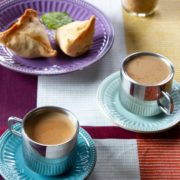
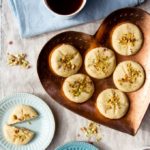
Easy Recipe for Nankhatai Cookies
Helpful Kitchen Tools:
Ingredients
- 1 cup
all-purpose flour
- ½ cup
gram flour
- 2 ½ teaspoons fine semolina, (see notes)
- ½ cup powdered sugar, (icing sugar or castor sugar)
- pinch Himalayan pink salt
- 1 teaspoon cardamom, freshly ground, (see notes)
- ¾ cup ghee, (at room temperature)
- 1 tablespoon pistachios, (finely chopped; for garnish)
Instructions
- Prepare a baking sheet lined with parchment paper and set the oven to preheat at 325 degrees Fahrenheit.
- In a mixing bowl, add the all-purpose flour, gram flour, semolina, powdered sugar, salt, and cardamom powder, and mix well. I recommend that you sift the powdered sugar and gram flour through a strainer to remove lumps.
- Add the ghee and combine well with the dry ingredients using your hands. The dough should feel soft. If it is too soft to handle, sprinkle in a little bit of extra flour.
- Divide into 20-22 equal portions, then shape into round balls and place on the baking tray. Push each ball down with your fingers to make thick disks. Use a toothpick to make a cross on the top of each cookie, then sprinkle a few finely chopped pistachios on top. Press the nuts in gently so they stick to the nankhatai.
- Bake in a preheated oven for 12–15 minutes. You’ll know the nankhatai is ready when you can see a very slight browning around the bottom edges of the cooked cookies. Be careful not to overcook them.
- Transfer to a cooling rack or onto a piece of brown paper and allow the cookies to cool completely. They will be very soft when warm, but will firm up after cooling.
Notes
MAKE THIS GLUTEN-FREE!
1. Substitute all-purpose flour for any of the following:- 1 to 1 Baking Flour by Bob’s Red Mill - Buy on Amazon
- Gluten-Free Measure For Measure Flour by King Arthur Flour - Buy on Amazon
- Millet flour - Buy on Amazon
Nutrition
If you liked this post, please share it with your friends on social media, or leave a comment below.
For more Buttered Veg lifestyle content, follow me on Pinterest, Facebook, Instagram, and Youtube.
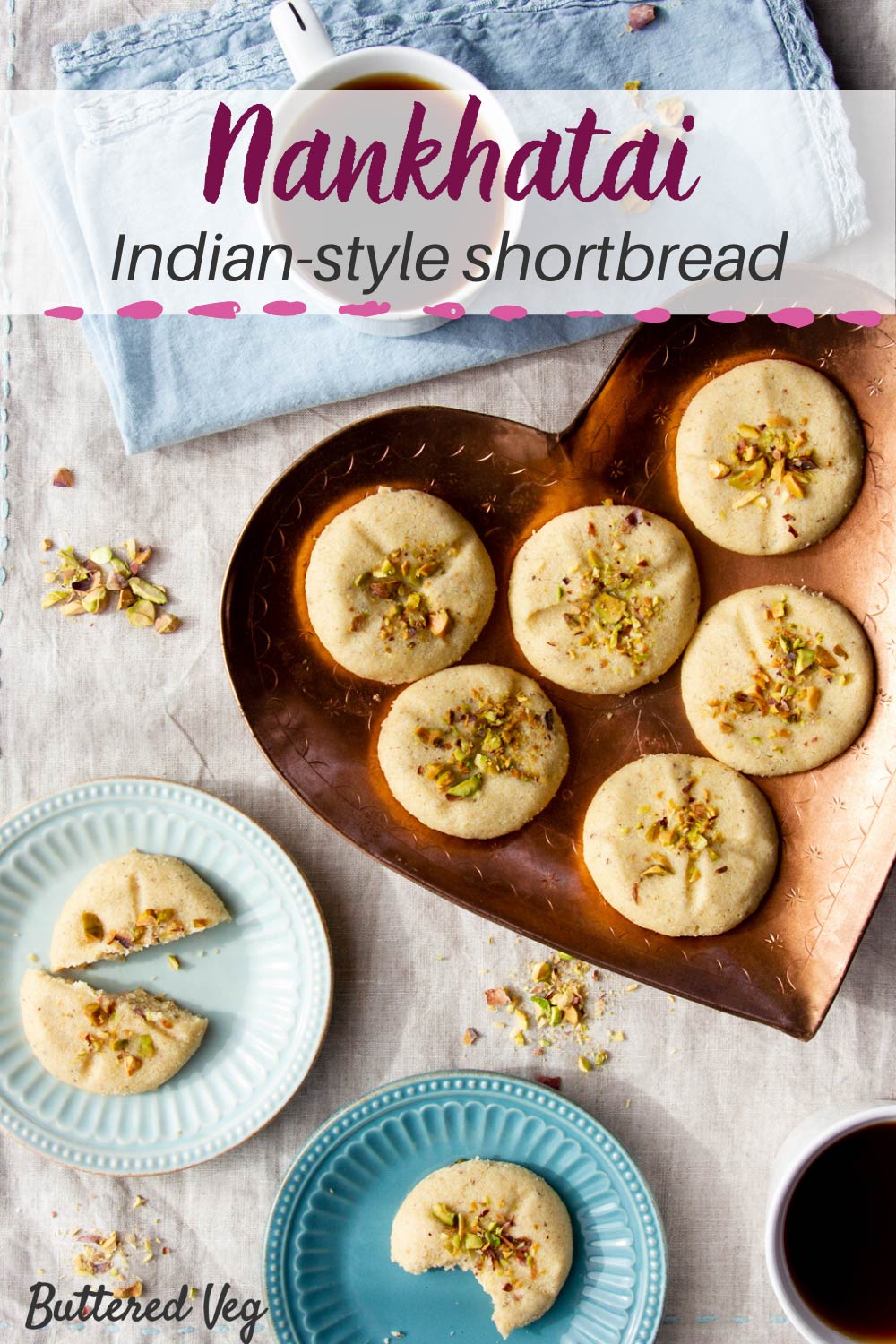

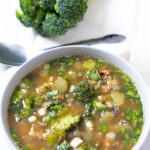
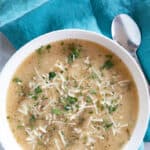
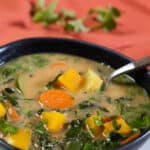
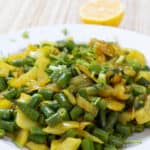
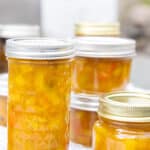
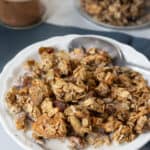
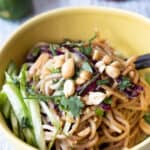
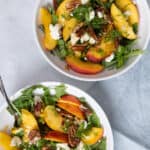
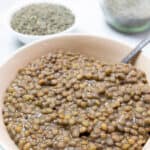
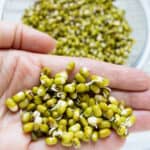
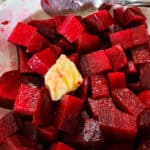

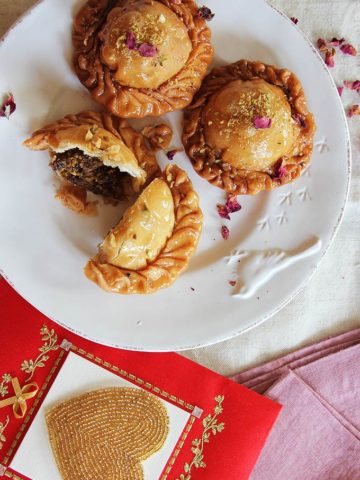
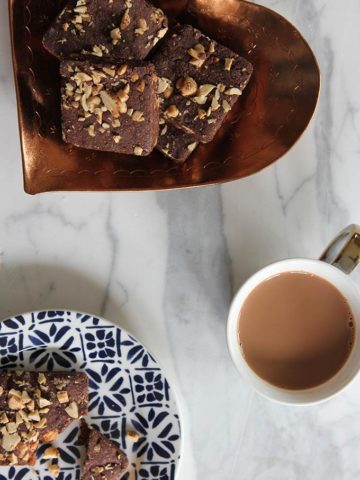
smita
what is the temperature that it is baked in the oven on
Andrea
Hi Smita, It's 325 Fahrenheit, which is 160 Celcius. — Hope it works out for you and you enjoy!